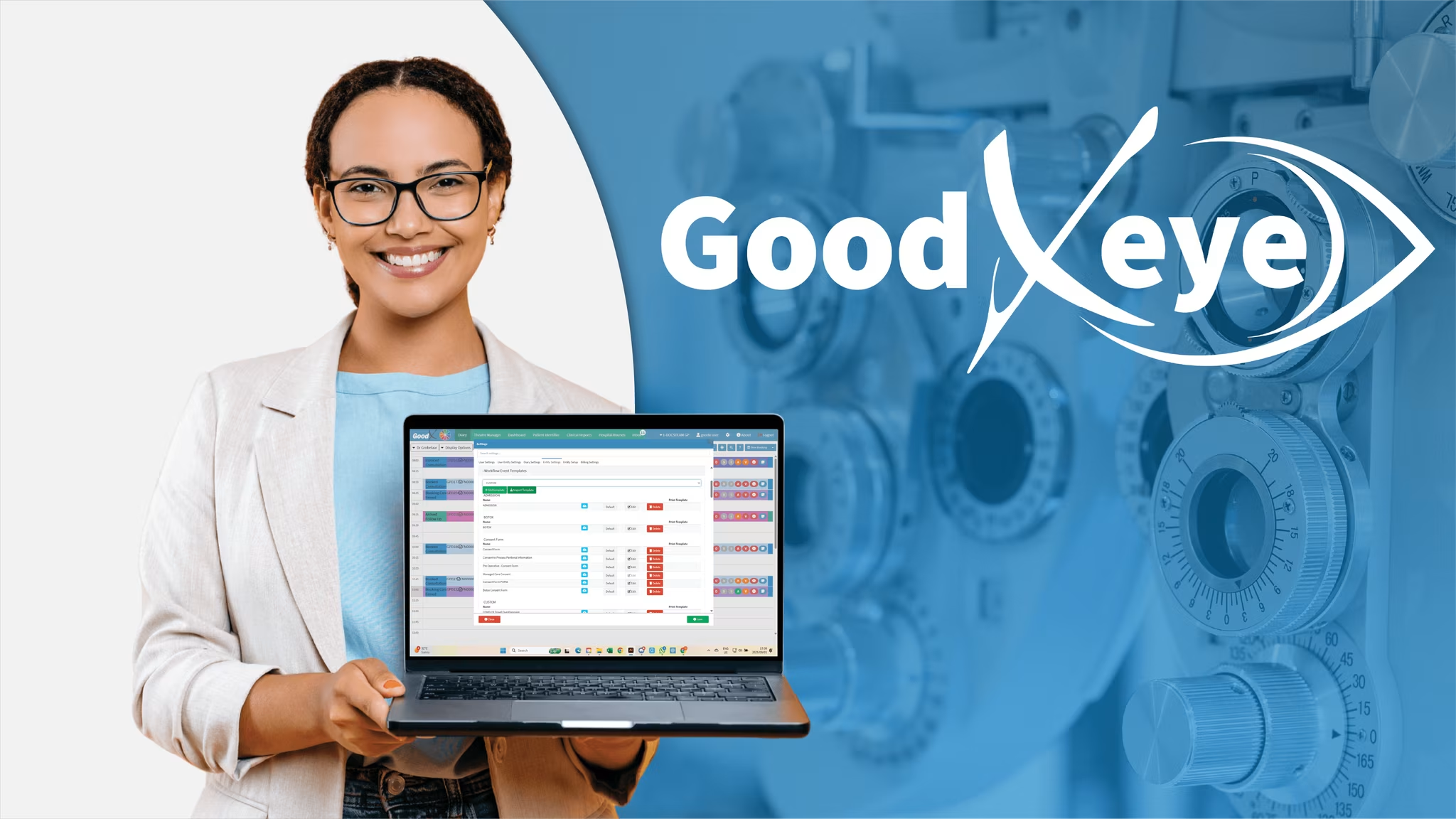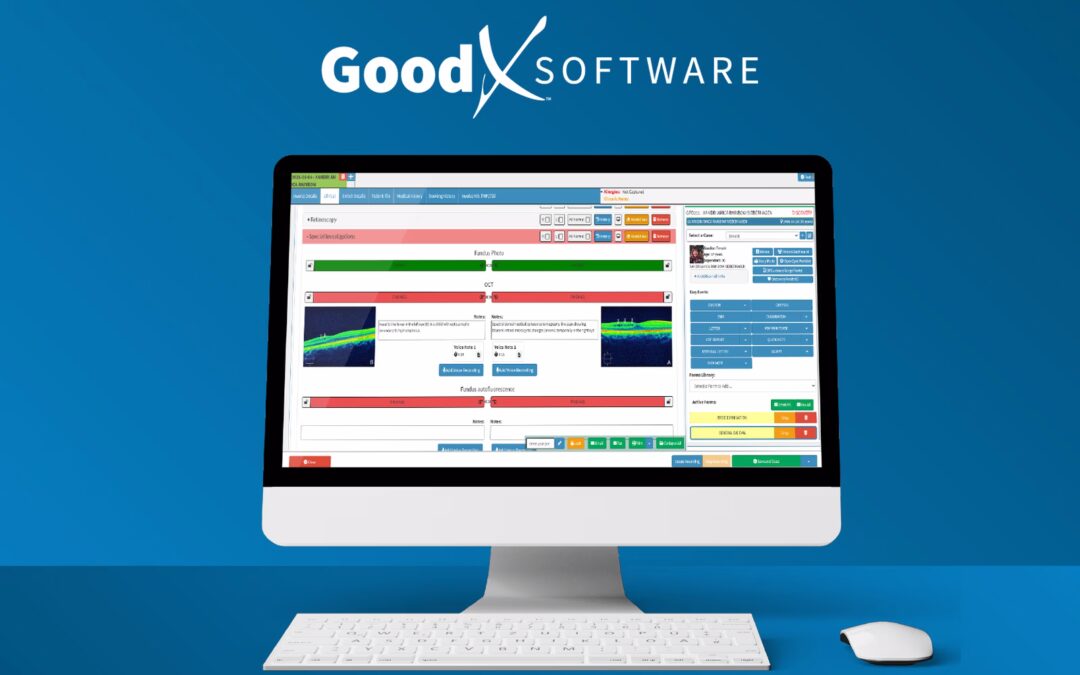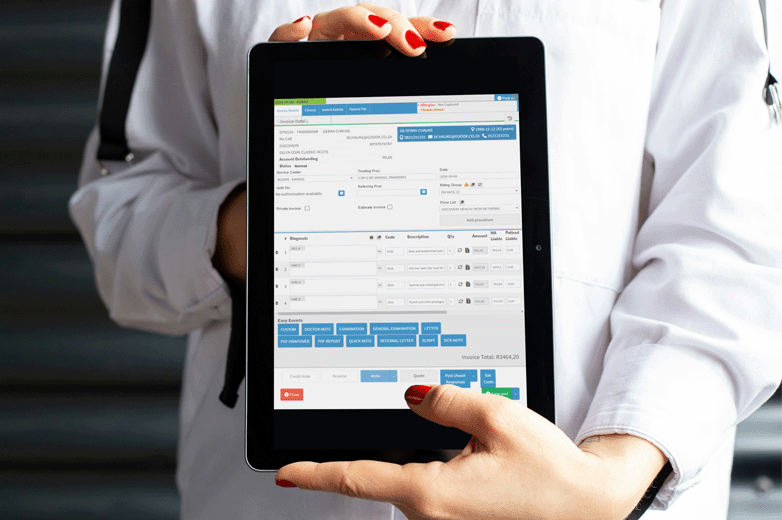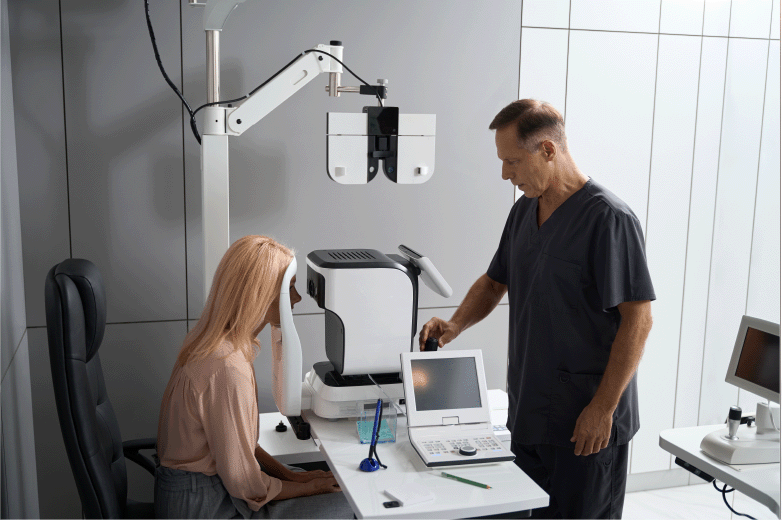Selecting the right ophthalmology program, whether it’s an Electronic Medical Record (EMR) system, a Practice Management (PM) platform, or an all-in-one solution, is one of the most important technology decisions your clinic will make. The right choice can streamline your workflow, improve patient care, and even increase revenue. The wrong choice, however, can slow your team down, frustrate staff, and compromise the patient experience.
With the variety of options available, it’s easy to feel overwhelmed. Many systems claim to offer “everything you need,” but in practice, they vary greatly in their ability to handle the unique demands of ophthalmology. To make a confident, informed decision, it helps to understand exactly what makes a program stand out.
Why the Right Ophthalmology Program Matters
An ophthalmology program is more than just software; it’s the operational backbone of your practice. Every appointment scheduled, every diagnostic image reviewed, every bill submitted runs through it. When your system works well, it becomes almost invisible, enabling your staff to focus on patient care instead of troubleshooting technology.
On the other hand, a poorly matched system creates daily inefficiencies. Appointments take longer to book. Images don’t integrate properly with charts. Billing errors delay payments. Over time, these small disruptions compound, impacting both morale and profitability.
The goal is to select a program that not only supports your existing workflow but enhances it. That means looking for solutions designed specifically for ophthalmology, such as those offered by GoodX, which integrates clinical, financial, and operational tools into one streamlined platform.
Designed for Ophthalmology from the Ground Up
While general medical EMR systems may cover basic needs, ophthalmology presents unique requirements that demand specialized features. For example:
- Digital Imaging and Communications in Medicine (DICOM) integration for seamless import of Optical Coherence Tomography (OCT) scans, fundus photography, and other diagnostic imaging
- Lens inventory management to track stock levels, prevent shortages, and manage expiration dates
- Surgical planning sheets with dedicated pre- and post-operative sections tailored to ophthalmic procedures
By choosing a program built for eye care, such as GoodX’s adaptable solutions, you ensure that clinical documentation, diagnostic tools, and surgical workflows all work together without extra manual steps.
Intelligent Scheduling That Works for Your Clinic
In a busy ophthalmology practice, scheduling isn’t just about assigning time slots, it’s about optimizing resources. A strong system will allow you to coordinate multiple providers, rooms, and equipment while also:
- Automatically sending patient consent forms before visits
- Managing complex appointment types, such as a consultation followed by imaging and a procedure in a single visit
- Providing waitlist and recall modules to fill last-minute openings and re-engage patients who are due for follow-up
GoodX’s practice management software is designed to simplify these scheduling challenges, making it easier for practices to keep patient flow efficient while reducing administrative stress.
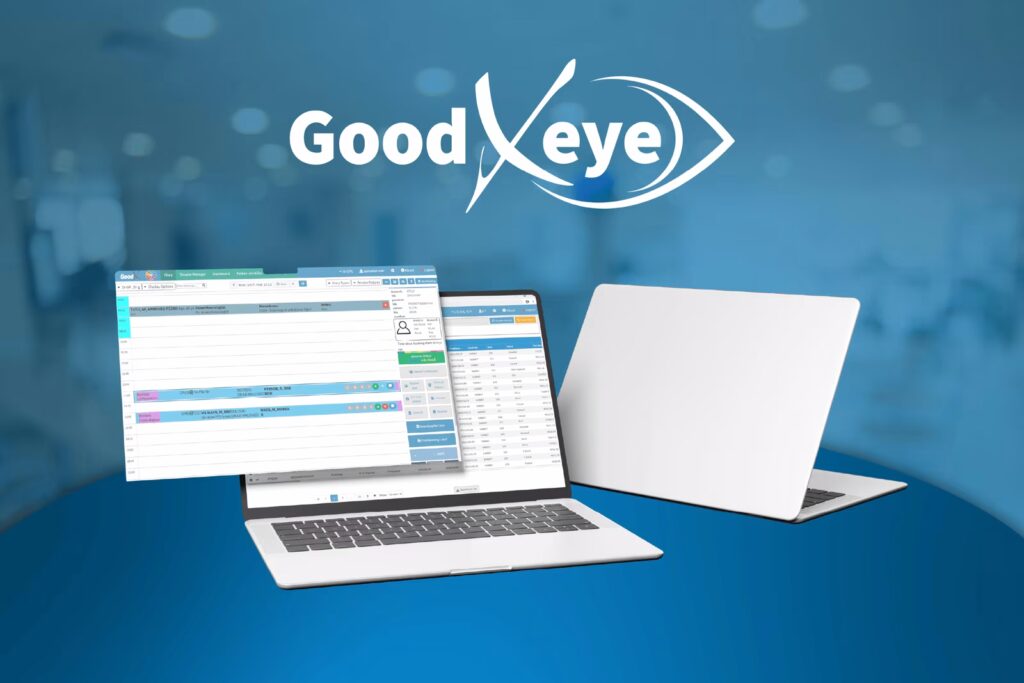
Supporting Every Role in the Practice
A truly effective ophthalmology program recognizes that different team members interact with the system in different ways. Technicians, physicians, and administrative staff each have their own priorities. Features that help include:
- Integrated communication tools for quick, secure team collaboration
- Self-check-in kiosks that speed up intake and reduce front desk workload
- Customizable templates that shorten documentation time while maintaining accuracy
By streamlining the tasks of each role, the program contributes to an overall increase in efficiency and a better patient experience. Solutions like GoodX are built with flexibility in mind, so every member of your team can work smarter, not harder.
Imaging and Documentation Without Compromise
In ophthalmology, diagnostic images are essential for accurate diagnosis, treatment planning, and ongoing monitoring. Your EMR should make working with images intuitive and reliable. This means:
- Allowing annotations without overwriting previous records
- Storing historical images for side-by-side comparison over time
- Maintaining compliance to ensure secure data transfer and interoperability with machine integrations
When image management is seamless, providers can make faster, more confident clinical decisions. GoodX ensures smooth integration with diagnostic equipment, so practices don’t waste time on manual uploads or compatibility issues.
Billing and Revenue Cycle Management Built In
Revenue cycle management is another area where integration makes a significant difference. A well-designed ophthalmology program will:
- Automate Current Procedural Terminology (CPT) and International Classification of Diseases (ICD) coding
- Include built-in claims clearinghouse tools
- Flag potential errors before claim submission to reduce rejections and delays
GoodX includes billing and claims management modules that are tailored to healthcare practices, helping clinics avoid costly errors while accelerating reimbursement.
Data That Drives Decisions
Good data turns day-to-day activity into actionable insights. The right program should offer analytics and reporting capabilities that allow you to:
- Track revenue by procedure type
- Monitor referral sources and patterns
- Measure provider productivity and clinic performance
These metrics support evidence-based decisions for growth, staffing, and service offerings. With GoodX analytics, practices gain clear visibility into operations, helping them improve both efficiency and profitability.
Building Patient Relationships Through Engagement Tools
Today’s patients expect convenience, transparency, and communication. A comprehensive ophthalmology program will include features that help you meet these expectations:
- Secure online scheduling and rescheduling
- Automated appointment reminders and follow-up surveys
- Digital intake forms to reduce wait times and manual entry
Strong patient engagement tools improve satisfaction, encourage loyalty, and support better care outcomes. GoodX helps practices build these touchpoints into daily workflows, creating a seamless experience for both patients and staff.
Vendor Partnership and Long-Term Scalability
The technology itself is only part of the equation. The vendor’s commitment to training, support, and product evolution is equally important. Before selecting a program, evaluate:
- The availability and responsiveness of support teams
- The quality of onboarding and ongoing training
- The frequency and reliability of software updates
- The scalability to handle additional providers, locations, or service lines as your practice grows
GoodX is recognized for ongoing innovation and strong client support, making it a reliable long-term partner for ophthalmology practices that want to future-proof their systems.
Final Thoughts
Choosing an ophthalmology program is a strategic decision that affects every aspect of your practice. By focusing on specialized ophthalmology tools, intelligent scheduling, role-specific workflow support, advanced imaging, integrated billing, actionable analytics, patient engagement, and strong vendor support, you set the foundation for both clinical excellence and operational efficiency.
Taking the time to assess your needs, involve your team in evaluations, and research vendor capabilities will pay off, not just in smoother workflows, but in better patient care and a stronger, more resilient practice. With GoodX offering comprehensive, adaptable solutions, clinics can feel confident that their chosen program will continue to grow alongside them.
Book a demo with GoodX today and discover how the right ophthalmology program can help your practice thrive.
